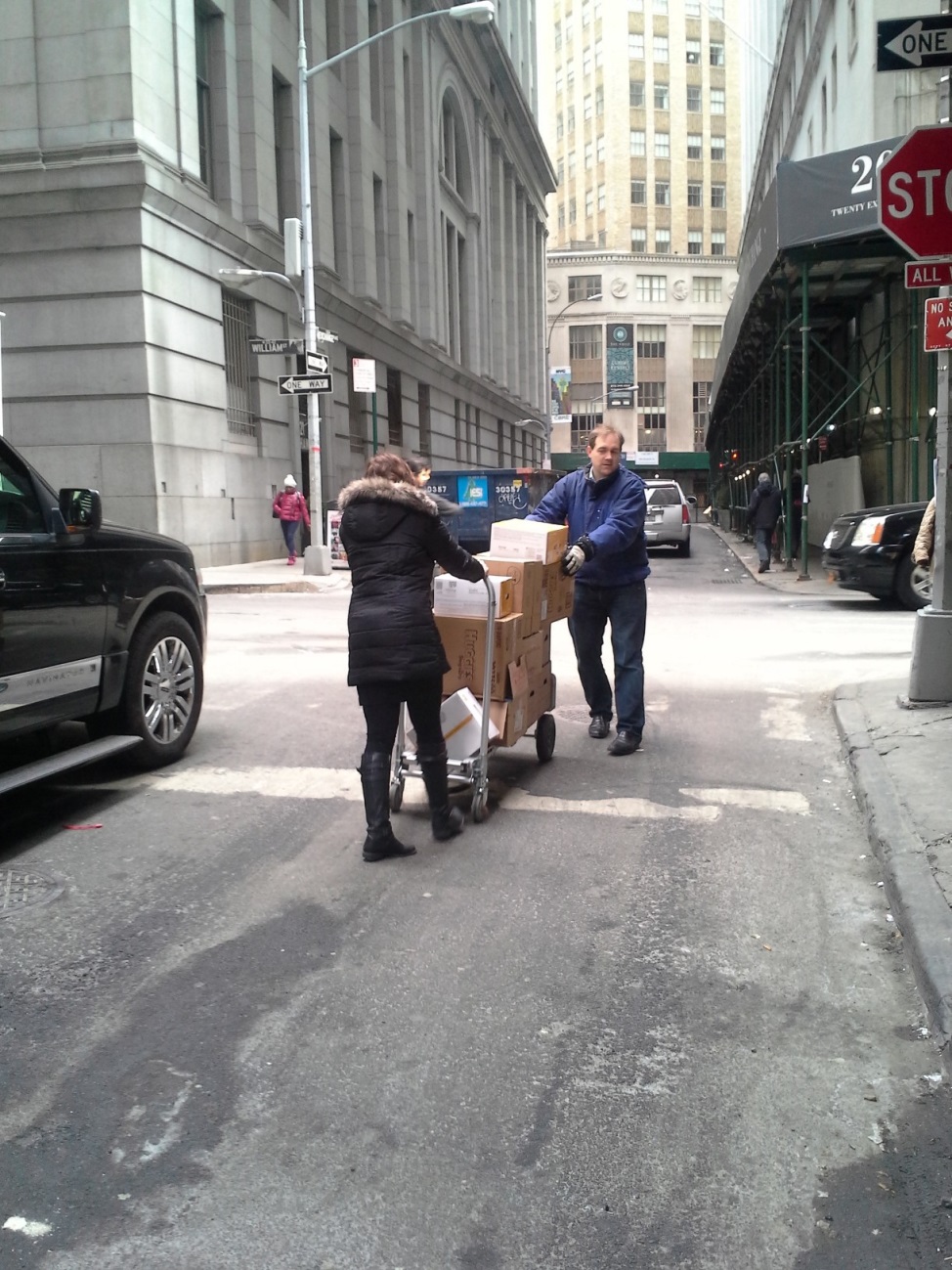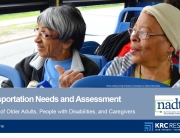The holiday season – it’s the most wonderful time of year, right? For many, the holiday season is a time for shopping, vacations, and extravagant (and borderline gluttonous) meals. For many others, however, the holidays are just another time to buckle down, or another time to get through. Though the DC area boasts some of the highest average incomes nationally, it also has one of the highest poverty rates: One-in-five DC residents live in poverty. On a national level, food banks and homeless shelters have reported a tremendous increase in those seeking food assistance. These shelters, however, do not only house our nation’s homeless – many often serve other segments of our at risk population, including victims of domestic violence. Don’t think the gravity of domestic violence is on par with that of poverty? Well, 92 percent of women recently surveyed listed reducing domestic violence and sexual assault as one of their top concerns. Despite the fact that the latter are far more popular among the news media, domestic violence is the leading cause of injury to women, more than car accidents, muggings, and rapes, combined.
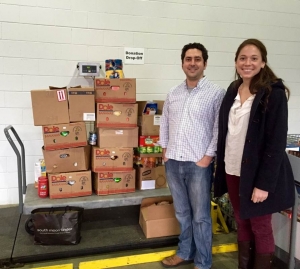
Derek and Brenna at the scale at the Capital Area Food Bank
With this picture of our nation’s at-risk populations in mind, we set out to make an immediate impact on the lives of some of these families and to bring attention to two of the most important humanitarian issues facing our communities. The holiday season isn’t only “the most wonderful time of year,” but is also dubbed the “season for giving,” and not necessarily just in the form of stocking stuffers and wrapped presents. Using our network of IPG sister agencies across both our DC and New York City offices, we brought the “season of giving” to life and organized a 2-week long food drive to benefit homelessness, poverty, and domestic violence. In the DC office alone, we collected 733 pounds of non-perishable food – equivalent to over 1,500 food items – all of which was donated to the Capital Area Food Bank, which serves as donation hub and distribution center. Our New York City office contributed 460 food items, 2,500 diapers, and 145 toiletries and clothing items. Their donations went to Sanctuary for Families, a shelter and advocate for survivors of gender violence which uses donations to comfort and feed victims while they are housed and protected at their facility.
Here is a color-by-number (also known as art for us researchers) picture of DC’s poverty burden: There are nearly 12,000 homeless individuals, 13,000 individuals living in subsistence poverty, and 57,000 living in extreme poverty. Nearly one-in-seven households in the DC area struggles with hunger, meaning they either have uncertain and limited access to food, or cannot buy safe and adequate food. In 2014, the poverty rate for women increased by 13.7% – nearly twice the increase of the national average.
Despite efforts to create jobs and expand opportunity, in 2014, the high cost of housing, lack of health care, and increased layoffs contributed to an increase in our area’s homeless population of almost 4%, while the capacity and condition of local homeless shelters remained the same. Of our city’s 12,000 homeless adults, 50% reported no income of any kind, over 30% reported a chronic health problem, and – the most staggering – about 1,500 are veterans of our nation’s armed forces. In February and March of 2014, DC homeless shelters reported turning away over 150 homeless families due to overcrowding.
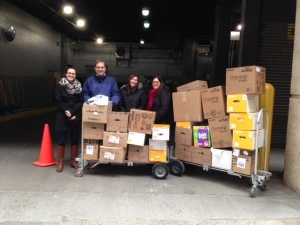
Some of the NYC team and the office’s donation to Sanctuary for Families
In DC, the Capital Area Food Bank has seen a rise in need of over 50%. In terms of transparency and efficiency, the Food Bank ranks highest among other nonprofits in the region: The organization spends 92 cents of every dollar raised on food distribution, transportation, and poverty-relief programs, leaving only 8% of funds for administrative costs. The Capital Area Food Bank serves as a hub for 500 partner agencies: It acquires food through donations and distributes according to need across its network of soup kitchens, homeless shelters, and smaller food banks. This structure leads to less waste and has a positive impact on the amount of donations gathered annually. Their programs distribute over 42 million pounds of food each year – equivalent to 35 million meals – to over 500,000 people in the DC area.
Our second cause, domestic violence, has a similarly dismal picture. The difference is visibility: We are confronted with poverty and homelessness each day during our commutes and trips around the city, while domestic violence occurs out of our line of sight and is often neither seen nor heard. Victims of domestic violence generally do not come forward either out of fear of continued abuse, or because they believe their situation to be normal. Based on reports from 10 countries, between 55 percent and 95 percent of women who had been physically abused by their partners had never contacted non-governmental organizations, shelters, or the police for help.
Just because the issue is kept under wraps does not make it nonexistent. In New York City, the largest city in the US (the most developed nation with the highest gender equality in the world) there were over 282,648 reports of domestic violence in 2014. Those almost 300,000 incidents of domestic violence translated to only 54,600 client visits to New York City Family Justice Centers. That statistic sounds abysmal, but it gets worse: Every day, three women in America are murdered by their boyfriends or husbands – over 70 in NYC alone in 2014. On a global scale, the situation is worse, still: Around the world, one in every three women has been beaten, coerced into sex, or otherwise abused during her lifetime. More alarming still, most often, the abuser is a member of her own family. These women, bound to their homes and their silence, lose nearly eight million days of paid work per year in the U.S. alone. That is the equivalent of 32,000 full-time jobs. At the world’s average salary of $1,480 per month, that’s almost $600 million in lost wages and economic growth.
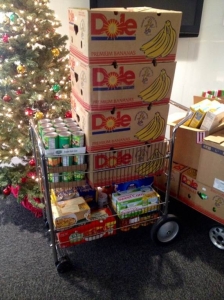
KRC DC’s donation is ready to go.
When the violence occurs within the home, episodes are not just kept between husband and wife or boyfriend and girlfriend. To the contrary, up to ten million children witness some form of domestic violence annually. This has an exponential domino effect on future generations: Men who witness abuse are two times more likely to abuse their significant other in the future, compared with sons of non-violent parents. And this tendency does not wait until adulthood to present itself. Nearly one in five teenage girls who have been in a relationship said a boyfriend threatened violence or self-harm if presented with a breakup.
The preponderance of homelessness and domestic violence would classify them as epidemics, if they were considered to be diseases. Even more than the immediate impact, organizing and marketing these food drives highlighted two of the most important issues in our communities – issues easily ignored amidst hurried commutes and busy work days. Company-wide efforts like giving trees, clothing collections, and food drives bring attention and help to those that need it most, and we at KRC are proud to be part of these initiatives.

